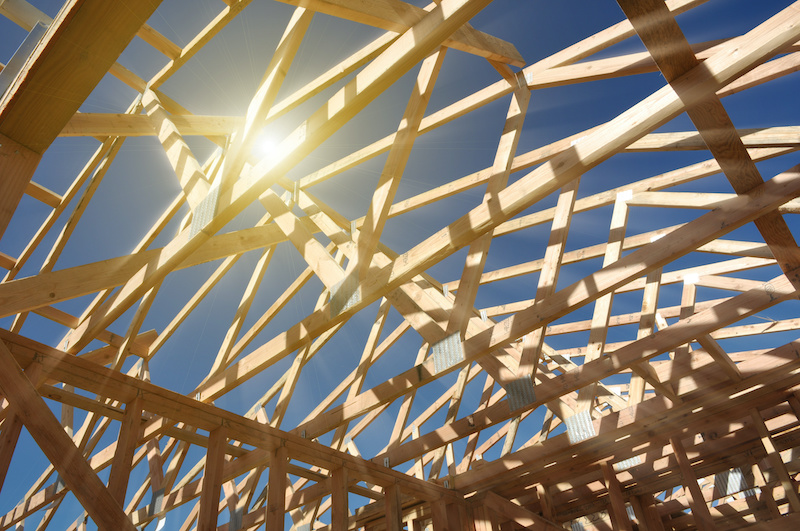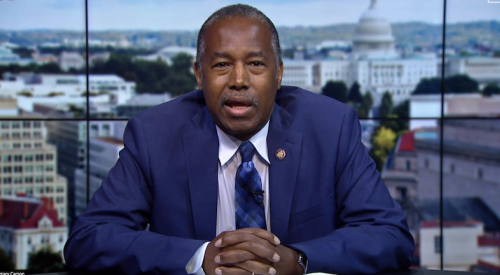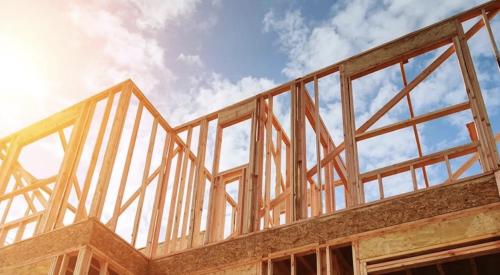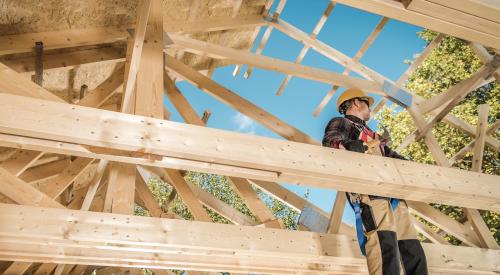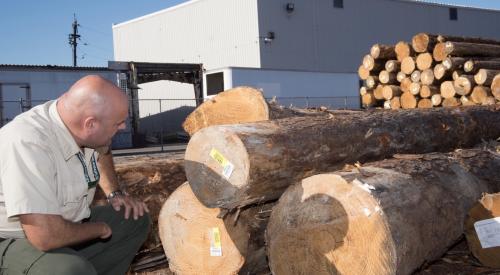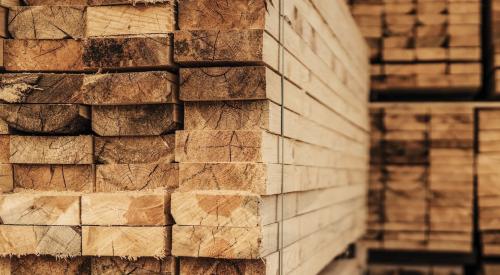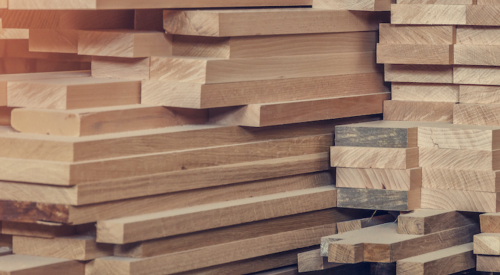In a recent meeting with its members, the National Association of Home Builders' leadership addressed the skyrocketing price of softwood lumber and steps taken so far to minimize its effect on builders.
“With the exception of the coronavirus, which has impacted every industry, the lumber issue is the most troubling roadblock on the path to housing affordability right now,” said NAHB Chairman Chuck Fowke.
Lumber prices have risen dramatically since mid-April, currently up by 168% to $939 per 1,000 board feet in early September. As a result, NAHB estimates the cost to build a new single-family home is nearly $17,000 more expensive in certain parts of the country, and apartment costs are $6,000 higher. For every $1,000 increase in building costs, 159,000 households are priced out of the new-home market, according to Fowke.
RELATED
- NAHB New Chair to Tackle Regulation and Promote Trades
- The Weekly: NAHB Chairman Chuck Fowke
- Hard Costs: The Hard Truth
And while builders continue to sell homes at a rapid pace, despite production delays, Fowke urges them to include lumber price escalation clauses to help stabilize their profitability.
How the COVID Rebound Is Affecting Lumber Pricing
To an audience of 232 members at the Sept. 4 online meeting, NAHB chief economist Robert Dietz attributed the lumber price jump to the housing market’s quick rebound coming out of COVID-19 shelter-in-place orders earlier this year, primarily fueled by low mortgage interest rates and pent-up demand that existed before the pandemic.
Dietz explained that the inability for domestic lumber manufacturers to keep up with the pace of demand is the largest reason why prices are soaring. In addition to home building, an uptick in residential remodeling is increasing the need for lumber.
The inability for domestic lumber manufacturers to keep up with the pace of demand is the largest reason why lumber prices are soaring.
“Back in March and April, we thought single-family construction would be down about 19%,” Dietz says. “I think a lot of other industry players were expecting a larger industry decline for home building at that time. The result is, some of the lumber mills made calculations on how much lumber to produce and they were expecting the industry to go down a lot more than it actually did.”
Materials Shortage More Widespread Than Just Lumber
Where Americans are moving is adding fuel to the fire. Lower-density markets are seeing higher growth compared with high-density areas, and these more suburban or rural areas often have low existing housing stock, which increases the need for new and more residential construction.
But the shortage of materials isn't solely a lumber issue, Dietz points out. There is a growing need for other materials such as OSB panel products, light fixtures, plumbing fixtures, and appliances caused by a disrupted global supply chain that has extended lead times to receive these products.
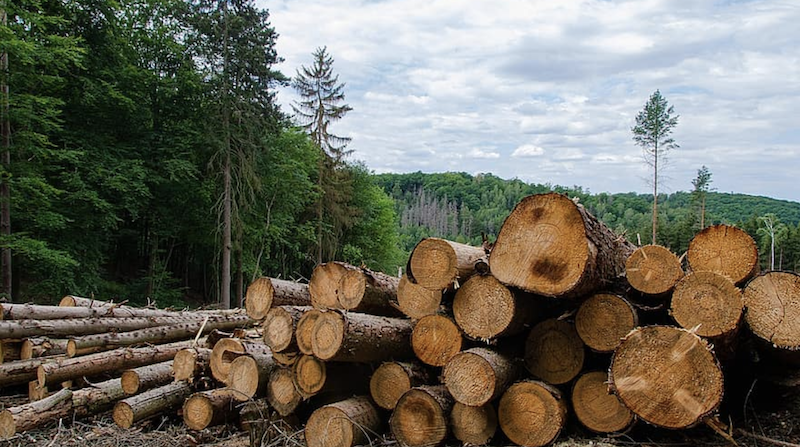
Grassroots Advocacy to Help Stabilize Lumber Prices
In response, the NAHB has enacted grassroots advocacy and conducted phone meetings with the White House to outline the housing industry’s needs.
“It’s encouraging that housing is such a bright spot [in the overall economy],” Fowke says. “This highlights how critical it is that we take real steps to address the lumber issue because this isn’t just a trade issue within governments, this is a housing issue for families.”
Fowke called for a suspension of tariffs on Canadian lumber imports, another means of resource sourcing that results in higher prices. To stabilize lumber prices and increase home affordability, American and Canadian trade officials need to reach an agreement on softwood lumber, he says.
To stabilize lumber prices and increase home affordability, trade officials need to reach an agreement on softwood lumber.
NAHB’s government affairs teams continue to work with President Trump, Commerce Secretary Wilbur Ross, and U.S. Trade Representative Robert Lighthizer on that issue, and have called for domestic lumber manufacturers to ramp up production and more public lands to be opened for logging in an environmentally sustainable way.
As of now, communications with the White House have been heard, NAHB CEO Jerry Howard says, and it is now time to wait and see what will come of these advocacy efforts.
Lumber Tariffs a Top Priority
As of the Friday meeting, over 1,700 NAHB members have been involved in the association’s grassroots efforts to contact local representatives, resulting in more than 5,800 emails sent and 400 offices contacted. The issue has also been covered in numerous news articles, with NAHB as the voice for the industry.
“We’re all taking it seriously, we’re working hard, we’re having meetings regarding this continuously, and we’ll continue to work hard for you,” Fowke said at the meeting. “We care about this issue, and to me right now, it has become the top priority for myself and I know for the staff at NAHB.”
